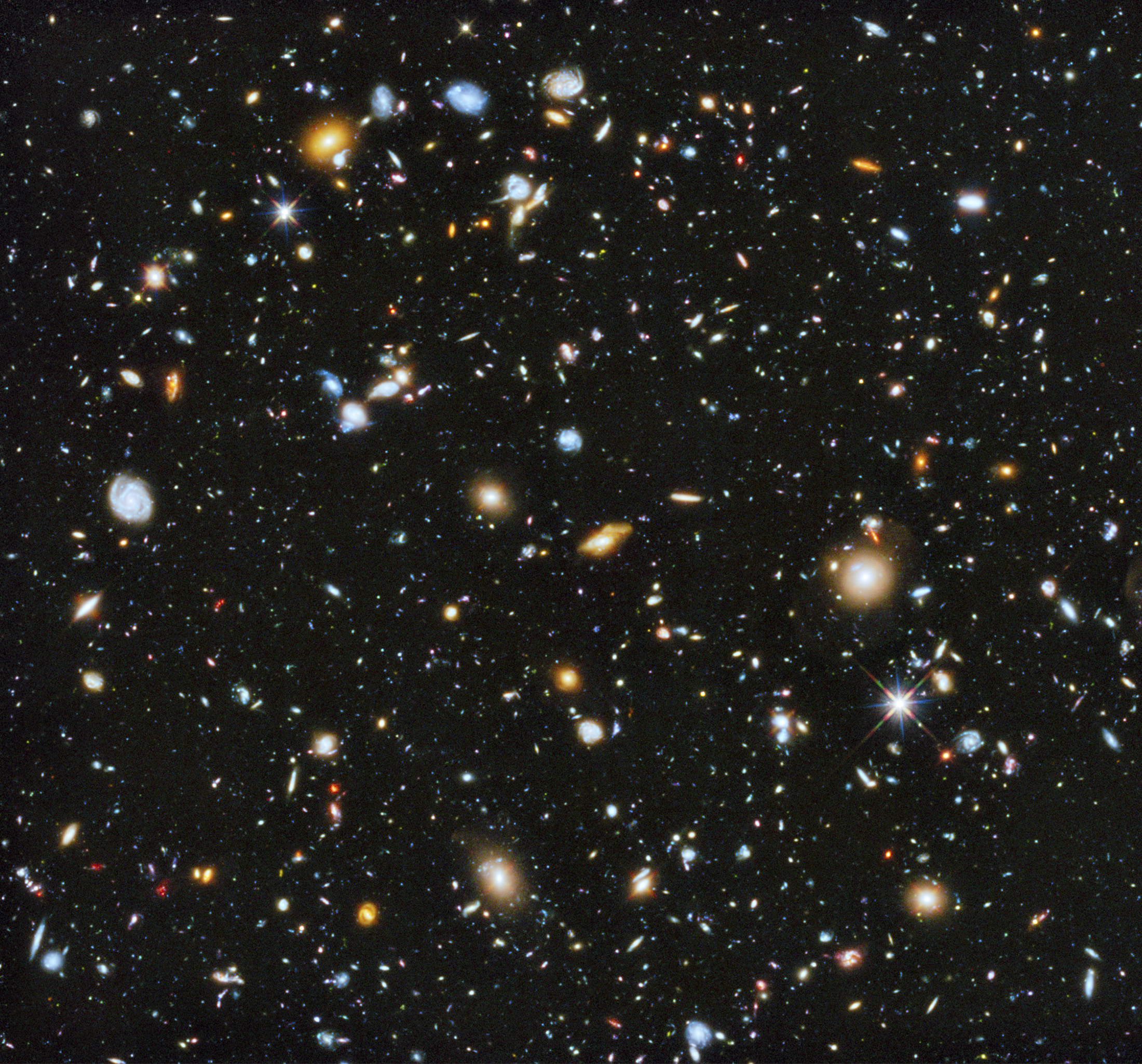
An astronomer at the California Institute of Technology has discovered that some stars — maybe as many as 1 in 10,000 — are made entirely of metal.
It’s the latest finding in a series of eureka moments fueled by recent studies of turbulence, a term that scientifically refers to “certain complex and unpredictable motions.” To keep an immensely complicated subtopic of fluid mechanics simple: in turbulent environments, we can witness something called “preferential concentration,” or the tendency of denser particles to gather together in concentrated regions.
Scientists recently discovered that preferential concentration can explain how raindrops are formed — by denser water vapor particles coalescing. It’s similar with stars, except in their case it’s elements coalescing in turbulent gas clouds rather than water.
If the densest particles in gas clouds are metallic elements, and preferential concentration impels dense particles to gather together, then it logically follows, researchers say, that some stars — which, at the end of the day, are nothing more than matter held together by their own gravity — must be made entirely of metal.
Of course, astronomers have yet to find one of these stars, but before the Caltech team released its research late last month, they presumably didn’t have much of a reason to look for one.
More Must-Reads From TIME
- The 100 Most Influential People of 2024
- Coco Gauff Is Playing for Herself Now
- Scenes From Pro-Palestinian Encampments Across U.S. Universities
- 6 Compliments That Land Every Time
- If You're Dating Right Now , You're Brave: Column
- The AI That Could Heal a Divided Internet
- Fallout Is a Brilliant Model for the Future of Video Game Adaptations
- Want Weekly Recs on What to Watch, Read, and More? Sign Up for Worth Your Time
Contact us at letters@time.com